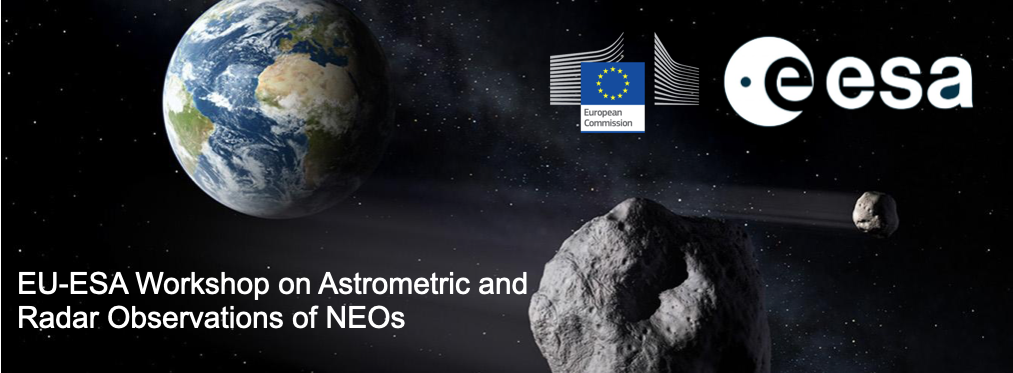Speaker
Description
The Minor Planet Center (MPC) is the world's only center for collecting and disseminating observations of minor planets, comets, and natural satellites. The MPC receives between 3 and 4 million observations per month, for a total of more than 30 million observations per year (before Rubin). Historically, the MPC applied an arbitrary limit of 2 arcseconds when accepting astrometry of attributed objects. However, this threshold did not account for factors such as the pixel size of the telescope, seeing conditions, or the submitter's data processing pipeline.
At the end of 2021 MPC has transitioned from this hard 2-arcsecond limit to a weighting system based on a submission's observatory code and magnitude, allowing for more precise and often smaller limits. Nevertheless, cases still arise where processing pipelines accept astrometry that is later found to be inaccurate or misattributed.
This issue is particularly harmful for the NEO Confirmation Page (NEOCP), where early tracklets often cover only a short arc. A single 'bad' tracklet at this stage can produce an incorrect orbit, misleading follow-up observers, and causing wasted observing time on regions of the sky where the object is not actually located.
Our analysis shows that most bad tracklets on the NEOCP are reported by amateur observers using stacked (Tycho-tracker) astrometry.
We will discuss the frequency of bad tracklets for both NEOCP and non-NEOCP objects (as classified by both astrometric and photometric residuals), and describe the differences between bad measurements and mis-attributions.

